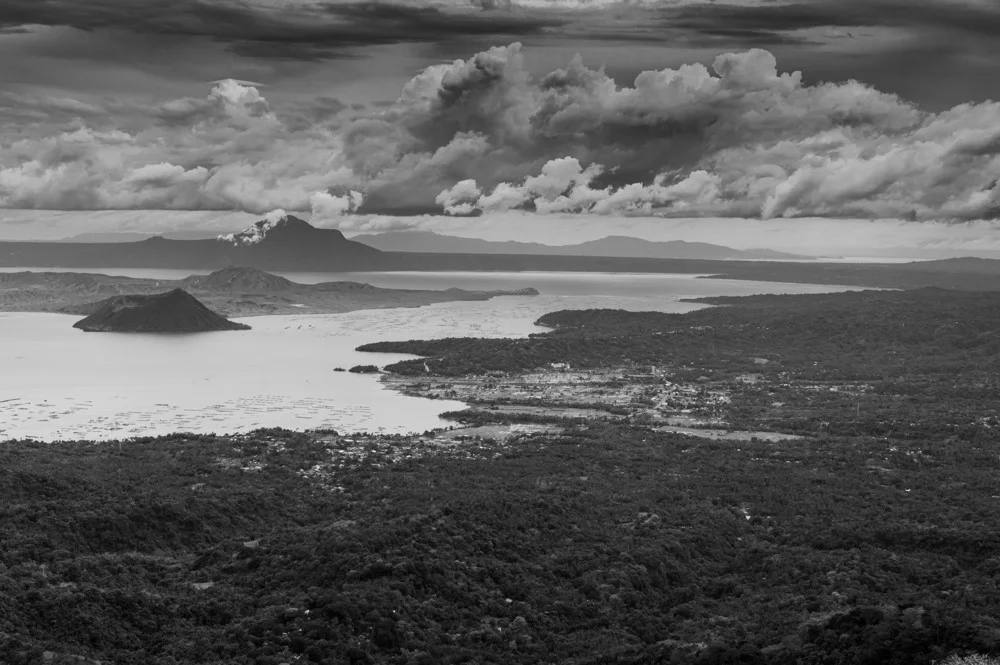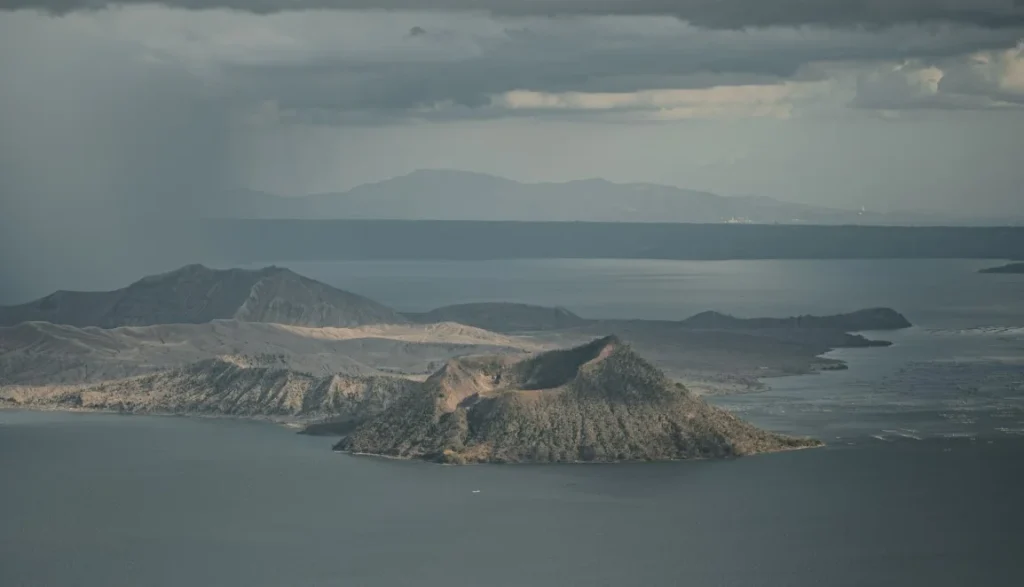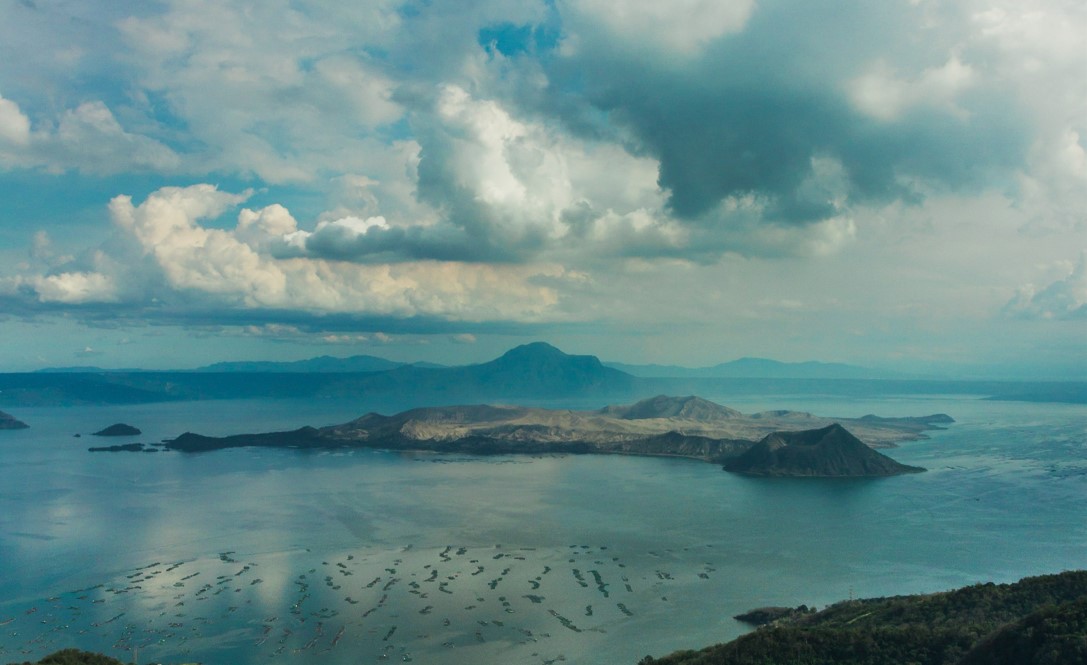Due to its location within the Pacific Ring of Fire, the Philippines experiences some of the world’s deadliest and most expensive volcanic eruptions. Volcanoes in the area have historically been responsible for 13% of local fatalities and 22% of the region’s widespread economic damage.
The Philippines’ location in the tectonic setting makes it a vulnerable volcanic region. The island is situated between two major tectonic plates that are separated by enormous faults, on top of a number of small plates. The majority of volcanoes are situated between the Philippine and Eurasian plates. Major tsunamis frequently occur in the Philippines prior to volcanic activity. The Philippines has always been a center of intense seismic activity over a restricted area, though this may not always be the case. The location of the nation, which is unstable, is the main cause of this. The group of islands is also vulnerable to intense rain, which in the area can result in mudflows or Lahars.
Nonetheless, volcanoes have been an attraction for tourists. Take the Mayon Volcano as an example, while it is an active volcano and erupted the previous year, it is a place that many tourists, local and foreign, would travel to see and witness the majestic natural beauty. In Cavite, there too is a volcano that many would travel to see, and establishments would make its view a selling point for their marketing. Some Tagaytay condo for sale would also make it their main selling point: having a view of the Taal Volcano.
But what makes the Taal Volcano so enchanting? Here, you will find out some facts and the history of the Taal Volcano, giving a deeper meaning to the natural beauty.
Facts and Figures: Taal Volcano Description

Taal volcano is one of the active volcanoes in the Philippines located near the Second Summer Capital City, Tagaytay, It has recently started to erupt lava, cause earthquakes, and emit massive plumes of ash that have spread throughout the island of Luzon and beyond, making its nearby areas a permanent danger zone. Taal is referred to as a “complex volcano” because it has multiple eruption points that have changed over time, rather than just one main vent or cone. According to folklore, Taal Lake, which surrounds the Taal Volcano island, is actually the crater of the original volcano. Taal Lake’s size assumes that Taal Volcano was once a supervolcano and one of the largest volcanoes in the world. that it was formerly a sizable volcano that rose 18,000 feet into the air. Its island in a lake on an island in the Pacific Ocean has made the volcano famous. Since the lake is the crater of a former volcano, other eruptions have taken place inside the lake, creating additional craters and smaller lakes. A lake was formed inside by a major eruption at its center.
Places to Visit Near Taal Volcano
The complex volcano Taal Volcano is situated on the Philippine island of Luzon. With 33 recorded eruptions, it is the second-most active volcano in the Philippines. These eruptions are all concentrated on Volcano Island, an island close to Taal Lake’s center. Taal Volcano and Lake are one of the most picturesque and alluring sights in the Philippines when viewed from Tagaytay Ridge. The lake partially fills Taal Caldera, which was created by ancient eruptions between 140,000 and 5,380 BC. Land traveling from Metro Manila to Tagaytay City while taking in the expansive countryside. You then travel on a winding road to the town of Talisay. You can take a half-hour boat ride from any town on the Taal Lakeshore to the Taal Volcano and Taal Lake.
This is relatively close for riders who reside in Metro Manila searching for a destination for day outings and weekend rides. Because of the coastal feel of the roadways, the picturesque views, and the provincial feel, traveling around Taal Lake has a certain feeling of being like a loop around a small island. There are numerous fascinating historical sites to explore nearby. All of the roads are paved. You must navigate some difficult sections and twisties because of the region’s mountainous terrain, which riders always find appealing. Visits to Tagaytay City, staycations at lakeside resorts, or other popular tourist attractions like hiking to the crater lake can all be combined with trips to the lake.
History of Taal

The Taal volcano’s history began in 1572 when the mountain’s interior experienced a phreatomagmatic eruption. The volcano erupted repeatedly between 1591 and 1645, spewing out fragments and rock particles as well. The world’s largest flank cone, the Binintiang Malaki, was created as a result of the volcanic eruption of 1707. On Volcano Island’s eastern shore, a phreatomagmatic eruption took place underwater in 1716. The Binintiang Munti crater experienced additional eruptions in 1709 and 1729. On the eastern tip of Volcano Island, a phreatomagmatic underwater eruption occurred once more in 1731. Residents of Taal Volcano Island and nearby towns were impacted by a “very violent” phreatomagmatic event that occurred in 1749 in the volcano’s main crater.
Lake Taal (Freshwater Lake)
Freshwater lake Taal Lake surrounds the well-known Taal Volcano in Batangas. It was formerly a portion of Balayan Bay that reaches the West Philippine Sea before turning into a lake. The lake’s entrance to the sea was eventually blocked as a result of numerous eruptions over the years, resulting in the Taal Lake we see today.
The lake is now home to a number of endemic species because of its former association with the West Philippine Sea, including the venomous Taal Lake snake (Hydrophis semperi). Tourists now frequently visit the lake because of its picturesque surroundings. It’s best to go between December and May when there are fewer chances of rain so you can see the lake clearly.
Live in Tagaytay
Tagaytay is renowned for its incredibly livable neighborhoods and upscale communities that work to improve the standard of living for locals.
Several of these are full-fledged communities with businesses nearby. Nevertheless, the majority are close to shopping centers, hospitals, clinics, universities, public markets, as well as other essential establishments. The accessibility of Tagaytay to Metro Manila is fantastic. It is entirely conceivable to want a second home in Tagaytay that you can use on weekend trips, holidays, and other special occasions. Having a condo in Tagaytay is also a great move especially if you want to see the beauty of the city. Being one of the top food producers in the nation, Tagaytay offers low living expenses, which is another benefit of owning a condo there. Owners of homes and condo units can save money and comfortably buy the essentials and services they need for daily living at a lower cost. It is a great investment to get a condo in Tagaytay because the place offers a lot of things and the place is not centralized yet so the prices are very low compared to the condominiums in the Metro.
Related Blog: A Sweet Escape: Tagaytay’s Hidden Edens


